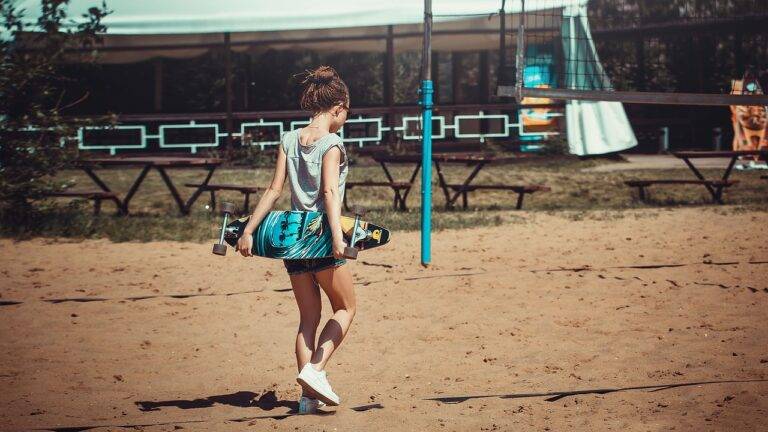The Power of Mindful Movement for Mental Health: Dance Movement Therapy, Yoga, and Pilates for Stress Reduction, Anxiety Management, and Emotional Wellbeing
Practicing mindful movement, such as yoga or tai chi, has been shown to have a positive impact on mental health. Engaging in these gentle and deliberate movements can help individuals cultivate a sense of calmness and presence in the moment. By focusing on the body’s movements and sensations, individuals are able to quiet the mind and reduce feelings of stress and anxiety.
In addition to improving mental health, mindful movement can also enhance physical wellbeing. Regular practice of these activities can increase flexibility, strength, and balance, leading to overall improvements in physical health. The mind-body connection that is fostered through mindful movement allows individuals to tap into a deeper level of self-awareness and self-care, promoting holistic wellness.
Understanding the Connection Between Physical and Mental Wellbeing
Physical and mental wellbeing are intricately linked, with each aspect influencing the other in a continuous feedback loop. When the body is not functioning optimally, it can have profound effects on mental health. For instance, chronic physical ailments and pain can lead to increased levels of stress, anxiety, and depression. Conversely, poor mental health can manifest physical symptoms such as headaches, fatigue, and digestive issues.
Regular physical activity has been shown to have numerous benefits for mental health. Exercise releases endorphins, the body’s natural mood enhancers, which can help alleviate symptoms of anxiety and depression. Additionally, physical activity promotes better sleep, reduces stress levels, and enhances overall feelings of well-being. By prioritizing both physical and mental health through activities such as exercise, individuals can experience improved quality of life and greater resilience in the face of challenges.
Exploring the Role of Dance Movement Therapy in Stress Reduction
Dance movement therapy is a form of expressive therapy that utilizes movement and dance to support emotional, cognitive, and physical well-being. This therapeutic approach aims to enhance self-awareness, promote self-expression, and reduce stress by incorporating mindful movement practices into sessions. Through guided movements and creative expression, individuals can explore their emotions, release tension, and cultivate a greater sense of relaxation and balance in both body and mind.
By engaging in dance movement therapy, individuals can tap into their inner resources and develop coping strategies to manage stress more effectively. The combination of movement, music, and reflection in therapy sessions can help individuals process and express their feelings in a non-verbal way, allowing for a deeper connection to their emotions and an increased sense of personal empowerment. This holistic approach to stress reduction emphasizes the mind-body connection, highlighting the importance of movement and expression in enhancing mental health and overall well-being.
What is dance movement therapy?
Dance movement therapy is a form of therapy that uses movement and dance to promote emotional, social, cognitive, and physical integration of an individual.
How does dance movement therapy help in stress reduction?
Dance movement therapy helps in stress reduction by engaging the body in movement, which can release tension, improve mood, and promote relaxation.
Are there specific dance styles used in dance movement therapy?
Dance movement therapy can incorporate a variety of dance styles, such as ballet, modern dance, and improvisational movement, depending on the individual’s preferences and needs.
Can anyone participate in dance movement therapy?
Dance movement therapy can be beneficial for people of all ages and abilities, as it focuses on the individual’s unique movement expression and capabilities.
How many sessions of dance movement therapy are typically recommended for stress reduction?
The number of sessions required for stress reduction through dance movement therapy can vary depending on the individual’s needs and progress, but a series of consistent sessions is often recommended for maximum benefits.
Is dance movement therapy only effective for stress reduction, or does it have other benefits?
Dance movement therapy has been shown to have a wide range of benefits beyond stress reduction, including improved body awareness, emotional expression, social connections, and overall well-being.







